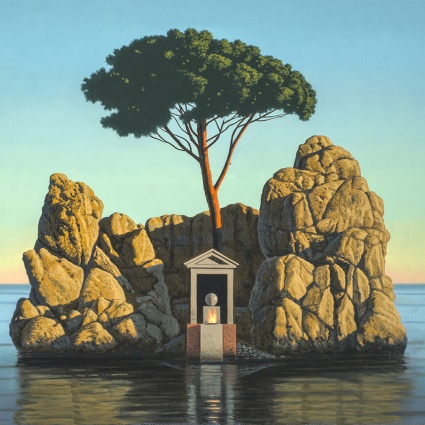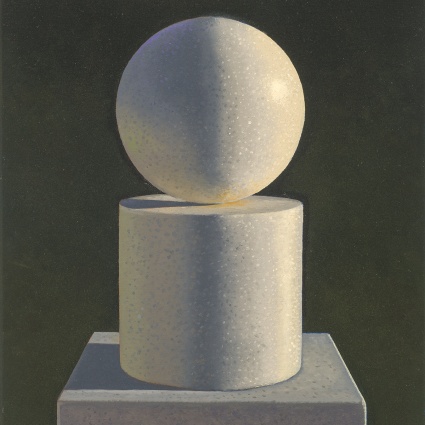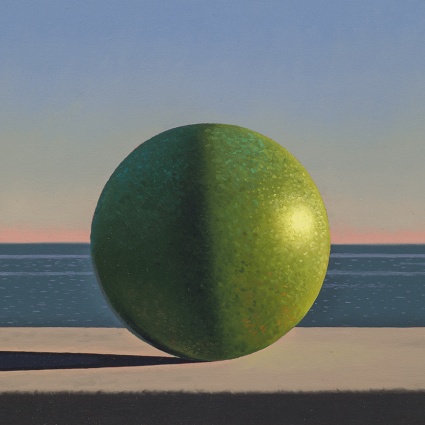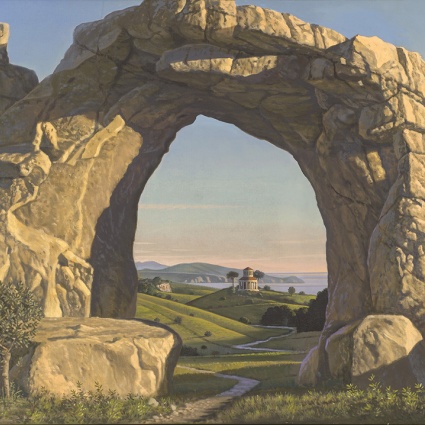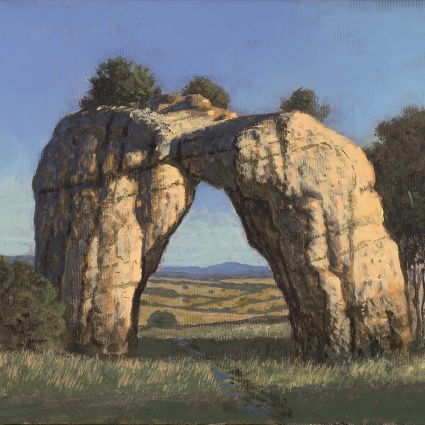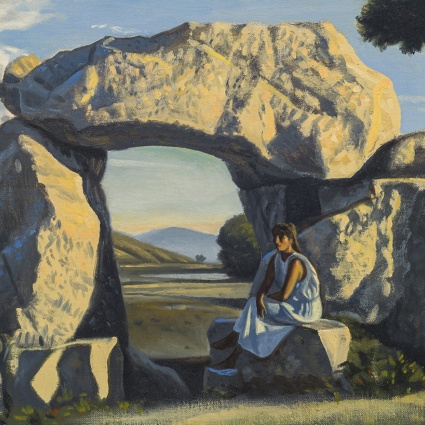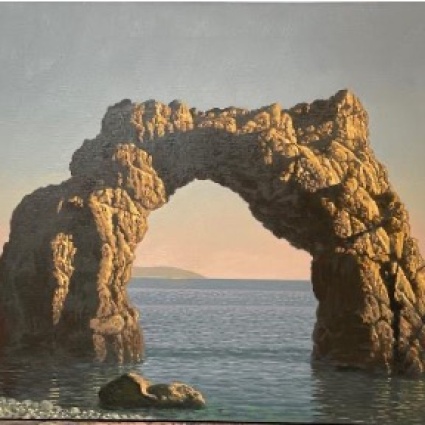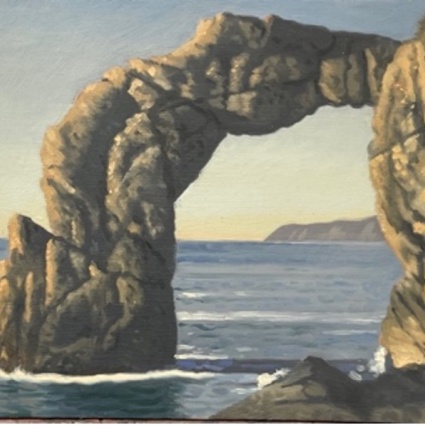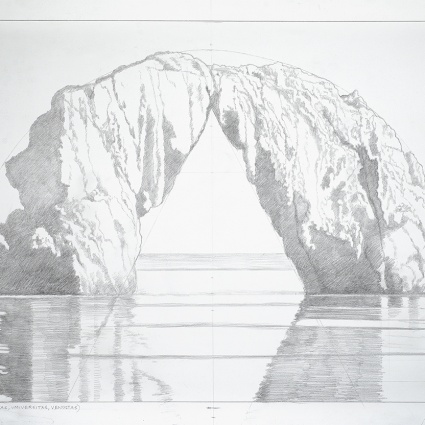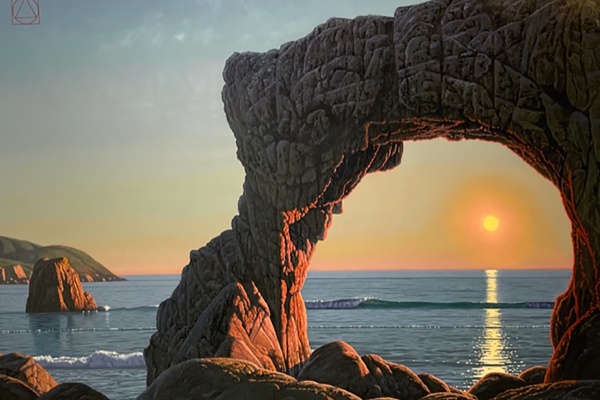
'On Using History'
Winfield Gallery is pleased to present the opening of a solo exhibition of paintings by David Ligare, on Saturday, November 1st, 2-4 PM. The Show in its entirety will be open for viewing from November 1st through December 7th, 2025 (EXTENDED!)
LECTURE DATE CHANGE: The lecture which was scheduled for Thursday, November 13 at 7 PM, has been changed. The NEW DATE is Thursday, December 4th at 7pm.** Ligare will present a lecture entitled, “On Using History” at the Carmel Women’s Club on San Carlos between 9th & 10th in Carmel, California. The event is free to the public.
'On Using History'
“I believe that order is better than chaos, creation better than destruction. I prefer gentleness to violence, forgiveness to vendetta. On the whole I believe that knowledge is preferable to ignorance, and I am sure that human sympathy is more valuable than ideology.”
Sir Kenneth Clark, Civilization, 1969
I have spent the past forty-plus years trying to avoid the conventions of Contemporary art, not as a naïve criticism of the very real discoveries of modernism, but as an attempt to understand and to reintroduce the perspective of history back into the culture of now. I have tried to allow myself to flow freely back through history and choose pertinent elements as inspiration and emblems of a renewed and even radical new “side culture.” This exhibition presents a look at some of the influences that have informed my work.
I have made a particular study of Greco-Roman Classicism in its original forms and as it has appeared and reappeared for over two and one-half millennia. It is the eternal phenomena that marries the ancient desire for knowledge with the transcendent pleasure of nature bathed in resplendent sunlight.
In 1988 I made a large painting of a rock arch called “Landscape with a Specific View, (Veritas, Utilitas, Venustas),” meaning truth, usefulness and beauty. It is a variation of the Greek philosopher Plato’s criteria for a work of art which was orthotes, ophelia and charis, or imitation of nature (realism), usefulness and attractiveness. I had discovered that there are many whole systems that are described in terms of three components, the most obvious being a beginning, a middle and an end. My small study, even without the inscriptions, represents a specific view through the arch to the distant landscape but with my implied meaning.
My large painting, “Rock Arch with the Setting Sun” represents another “specific view,” that of the primacy of the sun. Without the sun, of course, there could be no life on earth but it also represents the idea of rational knowledge, wisdom and truth. We have learned much from Modern and Contemporary art. For the past one hundred and fifty years both have given us many insights and much pleasure. But history has shown us that art swings between abstraction and realism rather than being one directional.
Italy has long been an inspiration to me. While on the Tuscan Coast in 2014 I made a small drawing of a rock formation containing a shrine set in a quiet sea and sheltered by an Italian pine. My “shrine” consisted of a plinth, a stone sphere and a small fire. The idea was to honor Florentine architect, artist and writer, Leon Battista Alberti, (1404-1472). In 1997 I had painted a large still life with a white sphere and the inscription, “VERUM PHILOSOPHIUM,” or, True Philosophy. In his book, “De re Aedificatoria,” Alberti wrote that, "nature herself enjoys the round form above all others as is proven by her own creations such as the globe..." I made four finished studies of “Magna Fide.” The large, final version is now in the Collection of the Monterey Museum of Art.
Continuing with the idea of the importance of the sphere, in 2020 I painted an homage to the brilliant Greek Mathematician, physicist, engineer, and inventor, Archimedes of Syracuse, Sicily, (c. 287 – c. 212 BC). He was the first person to have calculated the volume of the sphere among many other discoveries. His tomb reportedly consisted of a sphere, a cylinder and a square. In my reimagining of it, the glowing sun implies his brilliance.
History painting is once again new territory. Mining the past for lessons and examples of how to live and how to engage with the current culture, the community and ourselves as valuable individuals is a new path forward.
I understand that every period has its problems, but programmatic ignorance of history is not a solution. I, therefor, propose in my paintings, that there is value in the ritual of analytical representation and there are new insights to be found in the examples of the ancient Greeks and in the bravely inventive and humanistic minds of Florence in the fifteenth century. I believe that people everywhere can follow the lead of Archimedes, Alberti, and so many others, east and west, to invent the future as a place of knowledge, skill and beauty all wrapped in a powerful golden sphere of light.
-David Ligare, Carmel, CA
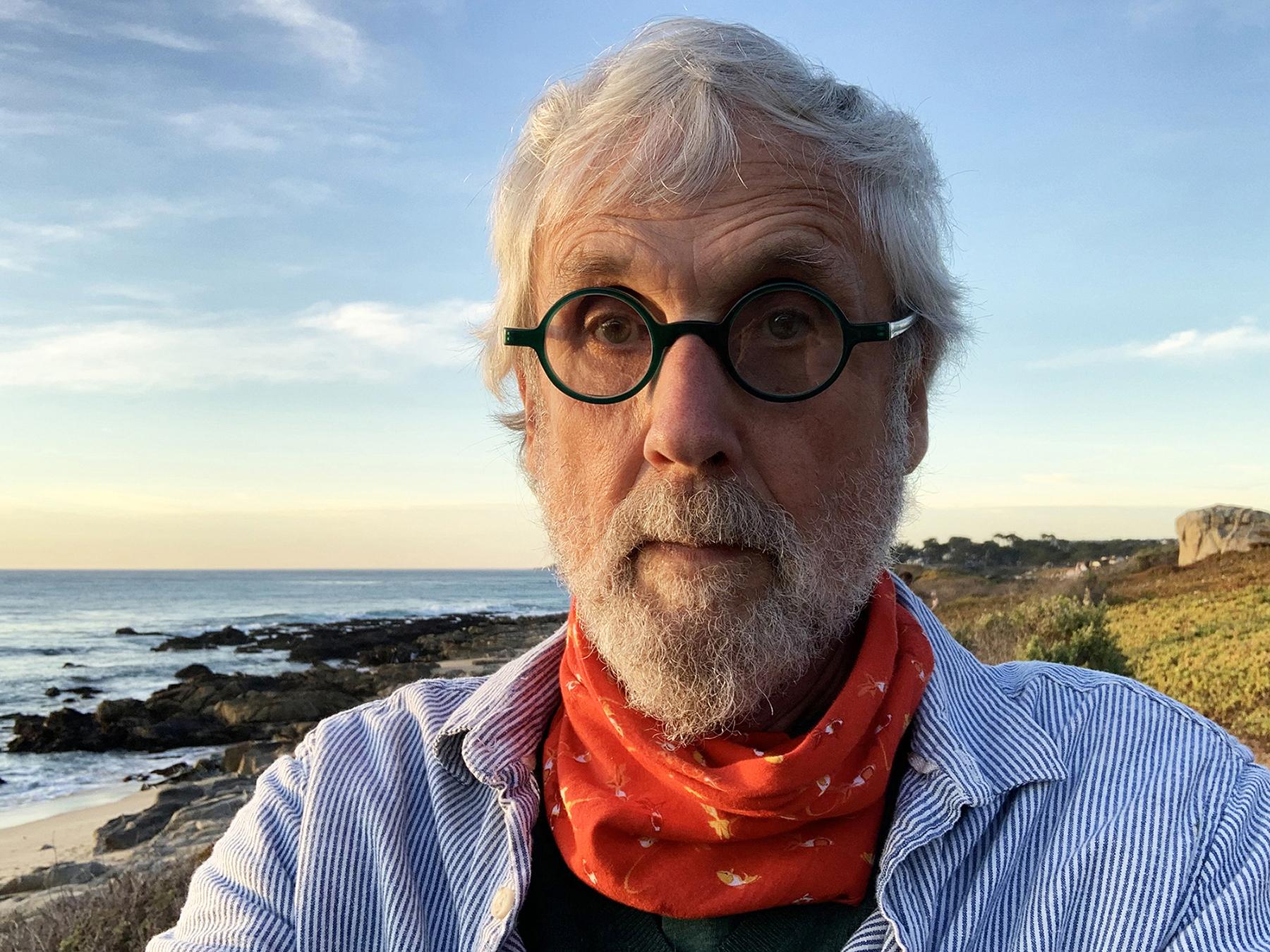
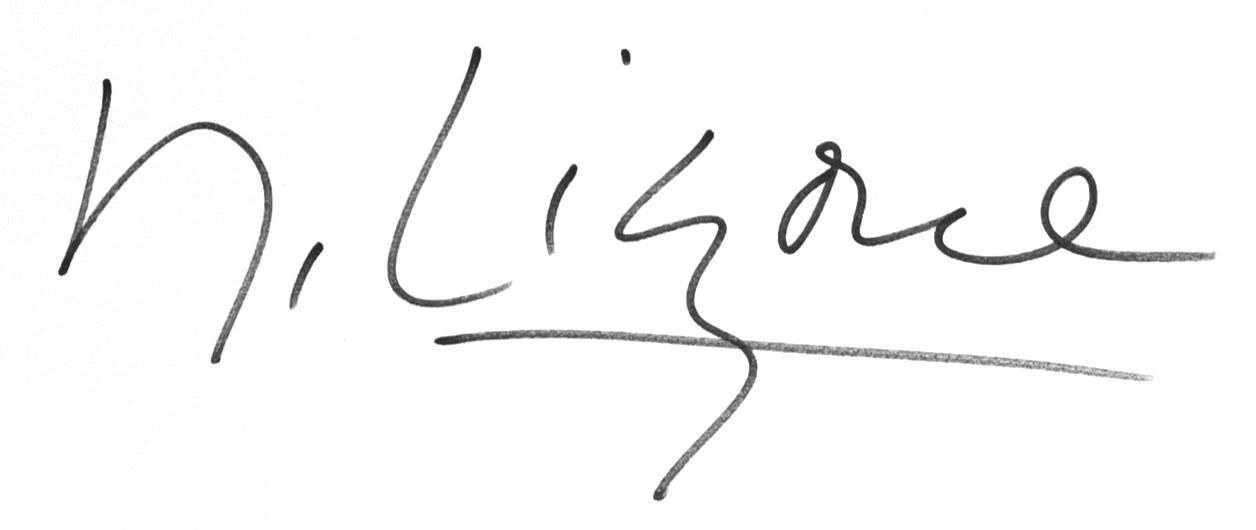
David Ligare
When I began my project more than 30 years ago I decided that there would be three basic components to my work; Figures, landscapes and still lifes. For me the pastoral landscapes of our region of California have been useful as stages for ideas. Indeed, the 'pastoral mode' as it's called is essentially a contemplation of mortality. The classical approach to landscape requires an underlying structure (implying the inter-relatedness of all things) as well as an elegiac approach to the wonders of nature and the beauty of light. The landscape of California like the landscape of Italy is a dream made real.


